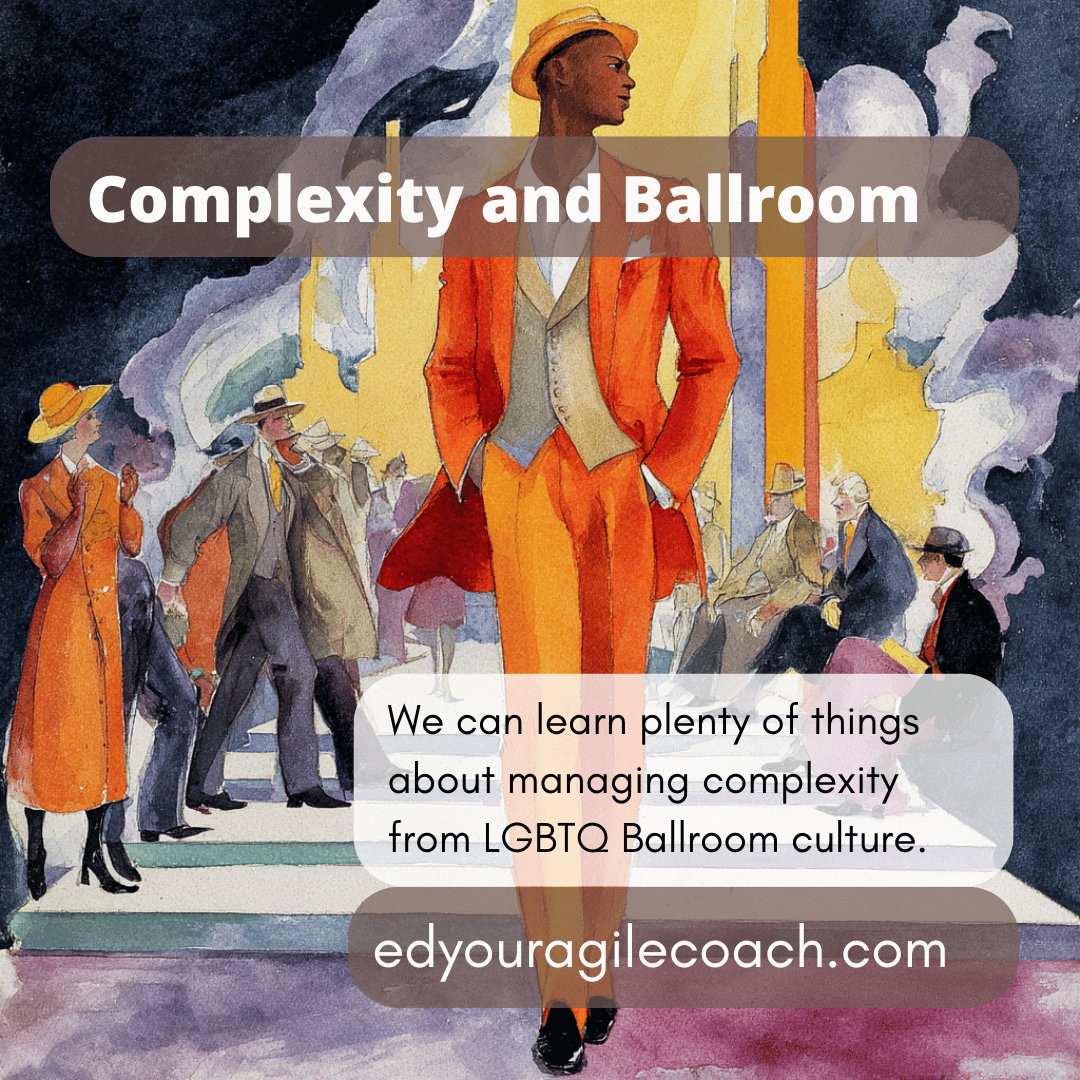Beyond Simplification: What Ballroom Teaches Business About True Agility

It is Pride Month—a time when we can reflect on the origins of the contemporary LGBTQ movement. I enjoy the spectacle that accompanies the month's activities and indulge in a particular activity to show my support for that community. In college, I experienced the 1990 documentary "Paris is Burning," and I immediately became a fan of the gay Ballroom culture and its music. The subculture of Ballroom was the first to break through to the mainstream when Madonna released Vogue.
My favorite facet of Ballroom is the competitiveness between the participants and the structures they create to facilitate that competition. Gay men create found families known as houses. These houses serve as support networks, offer vocational training, and provide organizational support. The leader of a house is responsible for its members, who promote and improve the house in Ballroom competitions, as well as for the community at large. It is a complex and intriguing structure for a society that continues to struggle for acceptance in contemporary society. Businesspeople could learn a thing or two from this unusual collection of individuals.
Over the last sixty years, global business has developed complex systems that span the world. Systems that push raw materials finished goods, and money worldwide. It is so complicated that a pencil used by a schoolchild in the United States relies on wood from Brazil, graphite from Africa, and assembly in a plant in Mexico. Offshoring and automation make pencil manufacture efficient and inexpensive. It is also fragile because a minor upset, such as a drought, tariffs, or a pandemic, can disrupt the entire system of balance. It is what happened when COVID-19 struck, and the world came to a standstill.
Businesspeople create a complex network of suppliers, manufacturers, and contractors. In many respects, they resemble the complex interplay of gay houses you witness in the Ballroom scene. Forget subtlety! Gaudy wealth and power routinely brawl, bruising egos and sparking rivalries that outlast their heirs. Each weekend, the runway is open, and striving men try to strike a pose in the hope of becoming legendary. If you have ever seen a management consultant give a presentation to the board, you will discover an eerie similarity in behavior.
So, when others see businesspeople peacocking and posing for attention, especially when these complex systems do not work in their favor, they become angry. It is the perfect breeding ground for people to demand simplicity and provide simple solutions to their grievances. Unfortunately, simplicity is challenging to implement when applied to complex and intricate systems. Lower taxes remain a popular demand until communities face the reality of firehouse closures or police patrols leaving the streets. Many decisions require trade-offs, and simple solutions without trade-offs are both seductive and destructive in the long term.
It is why I was inspired by Adam Tinsworth's blog, discussing the false allure of simplicity. In the agile community, we discuss what not to do and remove steps from processes to make them more resilient and responsive. Tinsworth points out two notions the agile community should respect.
- First, we successfully manage complex situations to benefit the populace we serve.
- Finally, we communicate this while resisting the urge to oversimplify solutions.
Many people believe that change is easy. The truth is that change is painful and plodding. Those of us in the business community should be honest with ourselves about complexity. When we can do that, then we can strike a pose for agility.
Until next time.




Comments ()